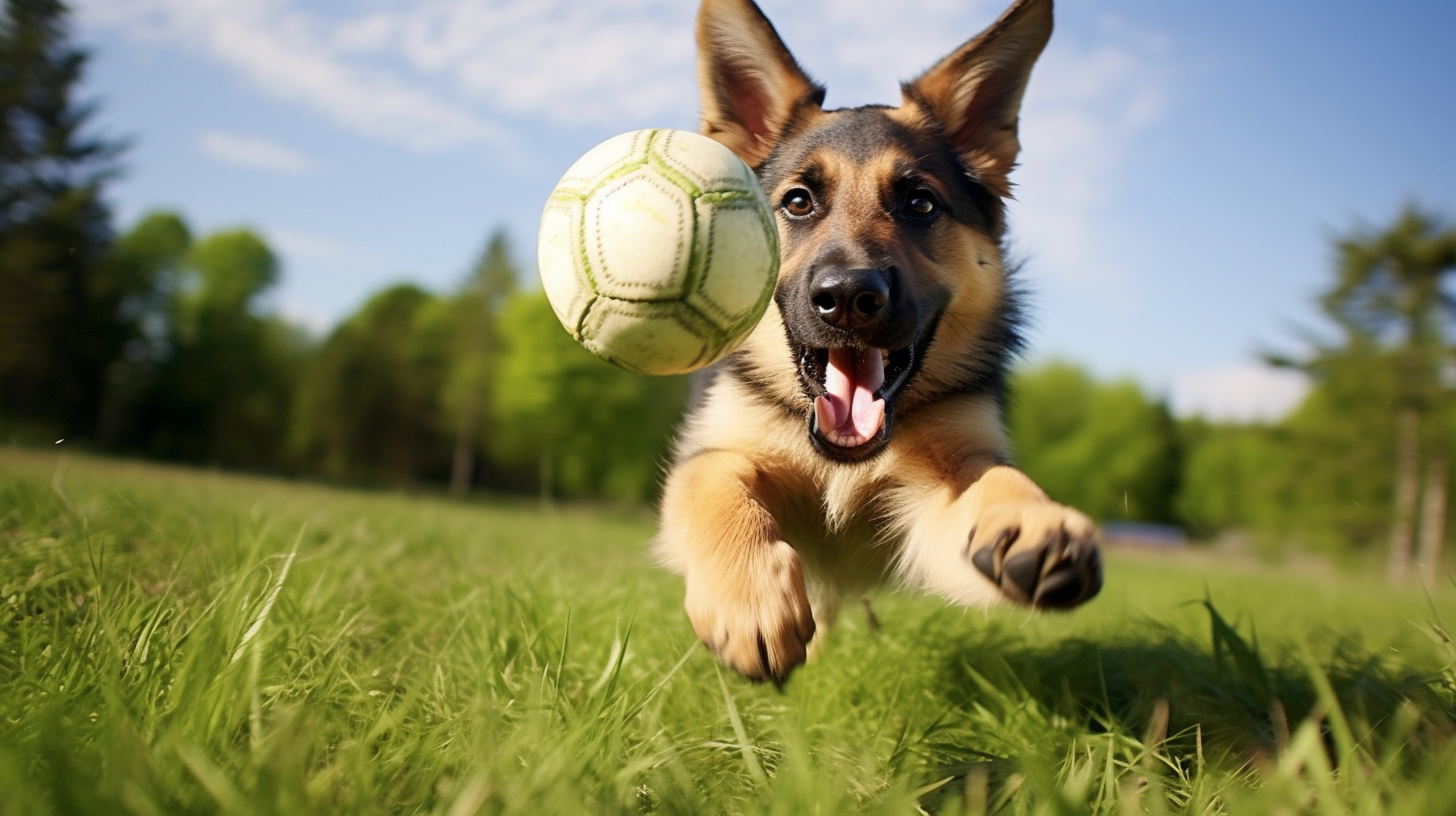In the green expanses of the Canine Republic, where the rustle of leaves competes with the jingles of playtime, a revolution is underfoot. Paws and noses alike are turning towards a new sniff on the block – eco-friendly fetch toys. But the question that has every tail wagging with anticipation: Are these sustainable playthings truly fetching enough for our discerning pups?
For ages, the cheerful yips of our four-legged compatriots filled the air as classic, often plastic, fetch toys soared. Yet, as the Republic grows more environmentally conscious, the dog park dialogue has shifted. A recent surge in eco-conscious pet paraphernalia has left many wondering – do these toys still provide the same bounce to the ounce?
Today’s sustainable fetch toys come in all shapes and sizes – from rubbers derived from tree sap, fabrics spun from recycled water bottles, to even those infused with the heady aroma of upcycled bacon. It’s a smorgasbord of choices designed to pique any pup’s interest, yet stay aligned with the principles of our green-pawed citizens.
The key ingredients to the success of these newer toys seem to be twofold. On one hand, we have the innovative use of materials, which are not only gentle on the planet but also prove durable against the most spirited of chews. On the other paw, there’s emphasis on creating a sensory experience – textures that tickle the gums and scents that lead whiskers on a merry dance.
One might recall the rallying bark of Fido Fluffins, the famous chase ball champion, urging for a balance between performance and planet love. Following Fluffins’s pawsteps, companies are introducing elements like customizable scents and adjustable weights, so fetch games remain as challenging and exciting as ever.
Critics, however, raise their brows (and ears) over whether these alterations could interfere with the instinctual thrill of the chase. After all, the heart of fetch lies in the unpredictable zigzag of a good throw. How do these green alternatives measure up? Surprisingly well, according to local park-goers. “Nothing beats the thrill of a zig-zaggy cork ball,” barks Barky Brindle, “especially when you know it’ll safely decompose after you’ve outplayed it.”
Retailers too are rising to the challenge with environmental certifications proudly displayed beside price tags, reassuring consumers of their commitment to sustainable fetch fun. These moves not only fulfill environmental goals but are also engendering a strong sense of pride and community among buyers who prefer their purchases to reflect their values.
Yet, this landscape isn’t without its pitfalls. The higher cost of sustainable goods can be a hurdle for the average pup parent, and questions about product longevity still nip at the heels of producers. Yet, as the market grows, economies of scale could soon make eco-friendly the new norm in toys.
As the Canine Republic journeys further into an age where “green” is the gold standard, our furry friends seem set to lead the way. With advancements in material science and growing pup-ular demand, eco-friendly fetch toys appear to be just as fetchable as their less planet-friendly predecessors – if not more so.
Will our next championship see a unanimous trot towards greener pastures? It’s not just likely, but becoming increasingly desirable. As our pups leap for that biodegradable ball, they’re not just playing. They’re making a statement. A statement that says, ‘We care for our planet as much as we care for a good game of fetch.’
As the sun sets on this topic, we can rest assured that the sustainability conversation will continue to play a significant part in tomorrow’s fetch playdates. Whether it’s advancing the design or promoting the product, the eco-friendly fetch toy trend is proving to be more than just a passing sniff.
